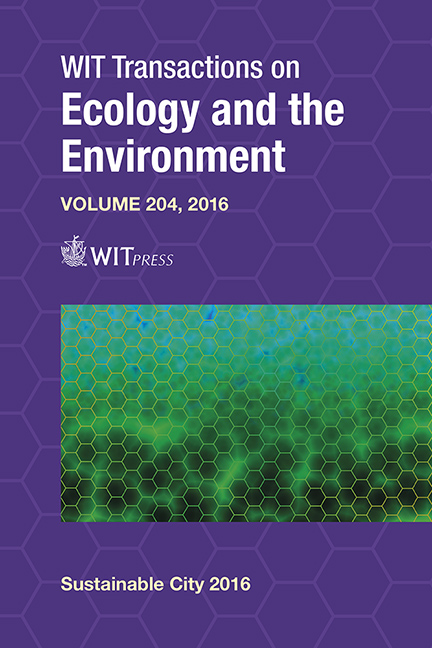The Use Of Recreational Urban Parks In Johannesburg: A Phenomenological Study Of Place Attachment In Thokoza Park In Moroka, Soweto
Price
Free (open access)
Transaction
Volume
204
Pages
11
Page Range
697 - 707
Published
2016
Size
284 kb
Paper DOI
10.2495/SC160581
Copyright
WIT Press
Author(s)
H. Radebe, D. Irurah
Abstract
Over the years, urban recreational parks have experienced a decline in the proportion of users even though urbanization has been on the rise. Some researchers have attributed this to some residents reporting that they feel exposed and vulnerable to crime and human scrutiny hence their reduced use of these spaces. This study applies place attachment framework to Thokoza Park in Johannesburg, South Africa, as a case study towards understanding the park’s uniquely high level of user-attraction and also identifies key lessons for other similar parks in Johannesburg in general.
Phenomenological research design was used where direct observation of Thokoza Park users was complemented by interviews of the park’s users as data collection tools. A spread-sheet tool was used to organize and process the data.
The study found that a high-level of place attachment plays an important role towards the use of Thokoza Park. In assessing place identity and place dependency, the study found that park users need to be emotionally attached to the park, be able to identify with it and be dependent on the park to meet their outdoor recreational needs. The results of the study demonstrated how the level of place attachment is influenced by key factors such as diversity and quality park amenities, trust among users and surrounding communities, level of safety, accessibility, design and the maintenance of the park. The findings also highlight the importance of understanding the social dynamics within adjoining communities as this would also influence the level of use of such parks.
Keywords
urban recreational parks, phenomenology, users, place dependency, place identity, place attachment, passive recreational activities, active recreational activities, amenities, observations, park design





